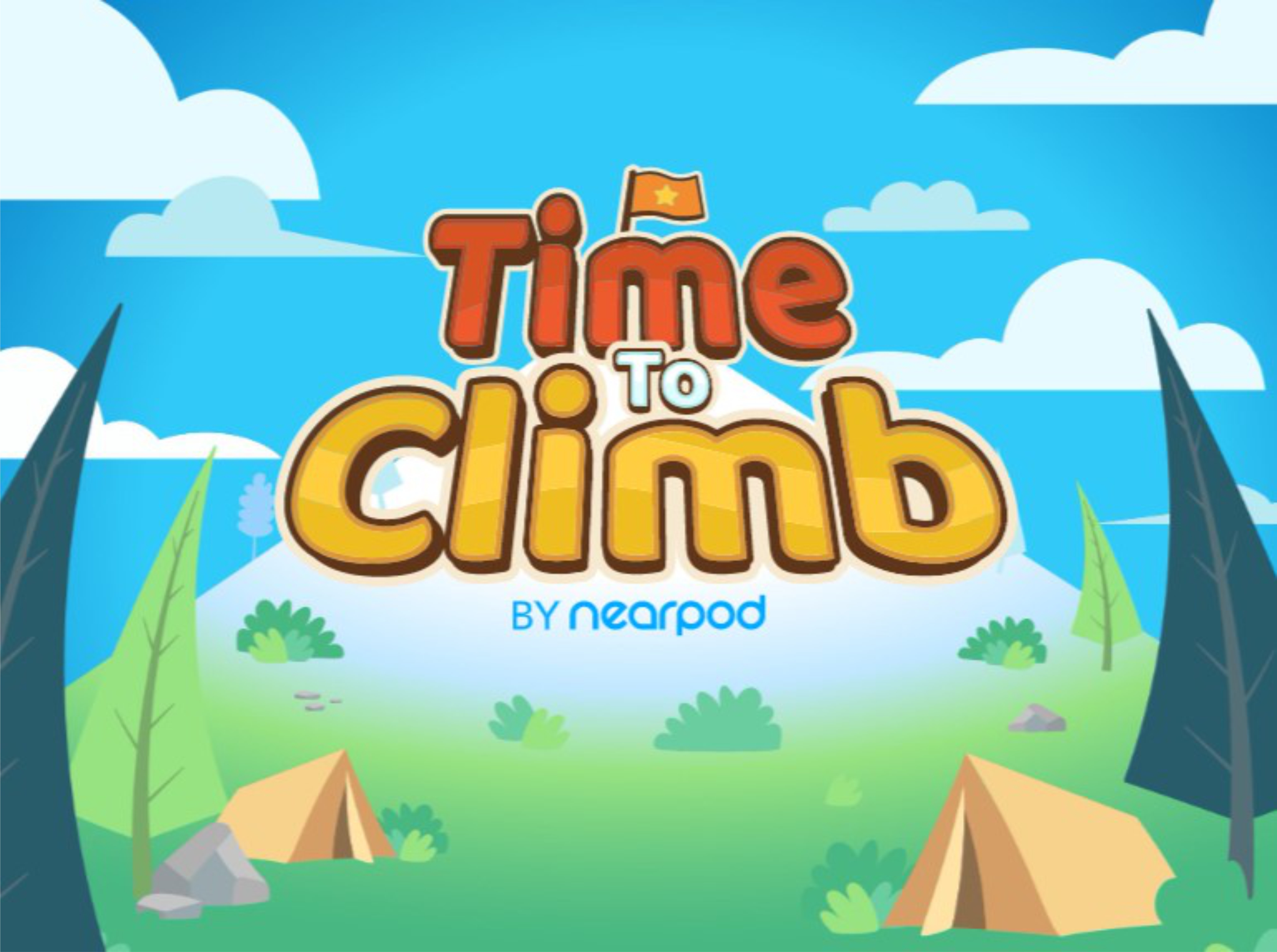Abstract
The transformation of learning during and after the pandemic has left the challenge of adopting new educational methodologies typical of the 21st century. The social and cultural context of the student population of all educational levels demands renewed and relevant proposals to achieve effective learning. For this reason, the incorporation of educational gamification becomes a methodology that adjusts to current needs. Gamification is understood as a methodology that applies game elements in an educational environment, using motivation generating fun and satisfaction; methodology focused on students, also allows the management of information and communication technologies (ICTs).
With the incorporation of ICTs to the educational sector, new and diverse digital tools have been generated aimed at managing teaching methods, which promote the development of skills in teachers and students, the application of ICTs favors the teaching process.
Learning, where you learn in a fun, exciting, free, reflective, and dynamic way, leaving traditional teaching behind. According to the above, the purpose of this work is to present three gamified teaching resources, in which various digital tools (applications or platforms) are used, with which the diversity of academic content is exemplified.
The gamified didactic resources are the products of the activities of the diploma course: Teaching Earth Sciences, which is taught by the UNAM Geosciences Center, corresponding to the modules: Continental drift (Mobbyt), Climate (Genially) and Waves (Nearpod). It is concluded that the use of educational gamification strengthens meaningful learning, encouraging the commitment of students to achieve the expected learning.
References
Barrios, H., y Gutiérrez de Piñeros, C. (2020). Neurociencias, emociones y educación superior: una revisión descriptiva. Estudios Pedagógicos. 46 (1). http://dx.doi.org/10.4067/S0718-07052020000100363
Benavides, V., y Flores, R. (2019). La importancia de las emociones para la neurodidáctica. Wimb Lu. 14 (1), 25-53. https://doi.org/10.15517/wl.v14i1.35935
Choi, E., Jung, Y., y Park, N. (2021). Estrategias para enseñar a los estudiantes de primaria los principios de la tecnología Blockchain mediante la implementación de la gamificación. Sustentabilidad. 14 (7), 3771. https://www.mdpi.com/2071-1050/14/7/3771.
Frías, E. (07, 2021). La construcción de una clase gamificada durante la pandemia. Presentación de Caso. [Ponencia]. 12º Coloquio Interinstitucional de Docentes de la Universidad Iberoamericana, Puebla, México. https://hdl.handle.net/20.500.11777/4921

This work is licensed under a Creative Commons Attribution-NonCommercial 4.0 International License.
Copyright (c) 2023 Universidad Nacional Autónoma de México

